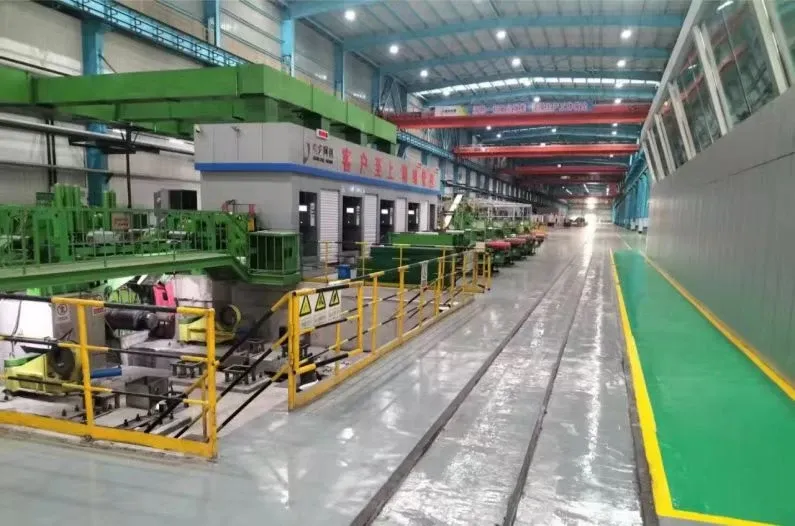
The Critical Role of Hot Strip Mill Manufacturers in Modern Industry
Leading manufacturers continuously push technological boundaries to deliver mills with greater precision, energy efficiency, and production capacity. Their equipment forms the heart of integrated steel plants worldwide, determining the quality, dimensional accuracy, and mechanical properties of countless steel products used in construction, automotive manufacturing, and appliance production. The competition among hot rolling mill equipment suppliers drives constant improvement in rolling technology, benefiting the entire steel industry through enhanced productivity and reduced operational costs.

Performance Considerations in Hot Rolling Mill Equipment Selection
When evaluating hot rolling mill price and specifications, steel producers must consider numerous technical and economic factors that impact long-term operational success. Mill configuration options range from traditional Steckel mills to more compact endless rolling systems, each offering distinct advantages for specific product mixes. The choice between conventional and advanced hot rolling machine designs involves trade-offs between capital expenditure and operational benefits like improved yield, energy savings, and reduced maintenance requirements.
Modern mills increasingly incorporate predictive maintenance technologies that use vibration analysis and thermal imaging to anticipate equipment wear before failures occur. The most advanced hot rolling press installations now feature artificial intelligence systems that continuously optimize rolling parameters based on real-time quality measurements, adapting to variations in steel chemistry and incoming slab conditions. These technological advancements have significantly improved mill productivity, with some contemporary lines achieving annual capacities exceeding 5 million tons while maintaining stringent quality standards for automotive and electrical steel applications.
Future Outlook for Hot Rolling Mill Technology
The future trajectory of hot rolling mill development points toward even greater integration of digital technologies and sustainable practices. Emerging innovations include the application of advanced machine learning algorithms for real-time process optimization and the incorporation of hydrogen-based heating systems to reduce carbon emissions. Equipment manufacturers are exploring novel roll materials and coatings that could dramatically extend component life in high-temperature rolling conditions.
The increasing demand for high-strength, lightweight steel grades for automotive applications drives development of specialized rolling and cooling technologies to achieve precise microstructure control. As Industry 4.0 principles become more deeply embedded in steel production, future hot rolling machines will likely feature even higher levels of autonomous operation and data-driven decision-making. These advancements promise to further enhance mill productivity, product quality, and environmental performance, ensuring hot rolling remains the dominant process for flat steel production well into the coming decades. The ongoing evolution of this foundational industrial technology continues to shape the capabilities and competitiveness of the global steel industry.
-
Indian Clients Visit YWLX to Inspect Skin-pass MillNewsJun.22,2025
-
Typical Products from Reversing Cold Rolling ProcessNewsMay.26,2025
-
Surface Finish Improvement through Skin Pass RollingNewsMay.26,2025
-
Integration of AGC Systems in Modern Cold Rolling MillsNewsMay.26,2025
-
Cold Rolling in the Context of High-Strength Steel DemandNewsMay.26,2025
-
AGC in Hot Rolling Mills: Challenges and SolutionsNewsMay.26,2025
-
Why Reversing Cold Rolling Mills Are Ideal for Specialty MetalsNewsMay.13,2025










